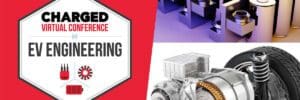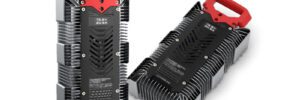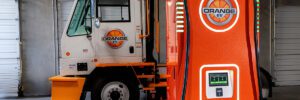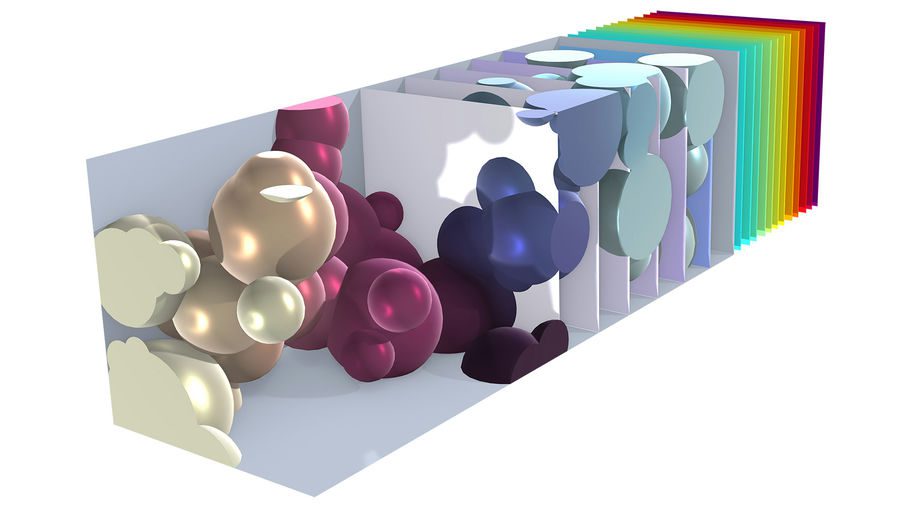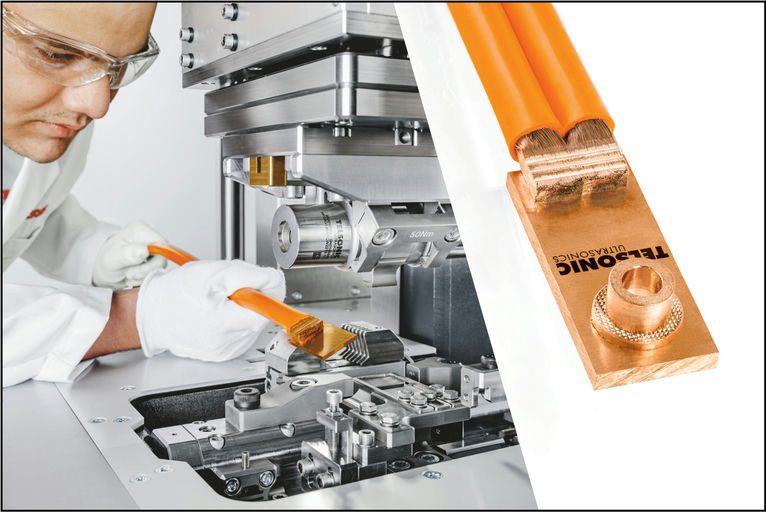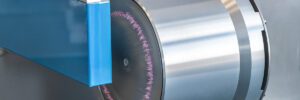
The base Tesla Cybertruck Rear-Wheel Drive (RWD) variant is not available for sale anymore. The automaker removed it from its online car configurator yesterday.
At the price point of $69,990, it was the cheapest Cybertruck variant launched in April this year. Tesla stripped down several features and options from this cheaper RWD Cybertruck.
As the September 30th deadline for the $7,500 federal tax credit approaches, the electric automaker has removed the Cybertruck Long Range RWD variant from its online car configurator.
Now, only two Cybertruck trims, i.e., Long Range AWD and the top-tier Tri-Motor Cyberbeast, are available for sale. It’s hard to tell if and when the Cybertruck RWD will be put back on sale.
Above: Screenshot of Tesla Cybertruck online car configurator showing the removal of the base RWD trim. Credit: Courtesy of Tesla, Inc.
Although Tesla offered a more affordable version of the Cybertruck, it did not add a significant number of sales units to the second quarter. The trimmed-down single-motor RWD Cybertruck most probably didn’t create the appeal that the automaker was expecting with the launch.
The mid-tier Cybertruck AWD is the best value-for-money option, and most Tesla customers are buying this variant. Cybertruck AWD’s MSRP is $79,990. After the Federal EV Tax Credit deduction of $7,500, the price of the electric pickup truck goes down to $72,490.
Existing Tesla owners can also benefit from transferring their Full Self-Driving (Supervised) package to their new Cybertruck AWD. The Cyberbeast performance variant’s price of $114,990 includes the FSD package.
Tesla Full Self-Driving (Supervised) package costs $8,000 additionally on the AWD Cybertruck. By transferring it from the previous vehicle, you can save another $8K on it if you’re eligible for it (see FSD transfer eligibility criteria below).
 |
Above: Tesla Cybertruck AWD financing cost calculation screenshot.
Buying the Cybertruck AWD Long Range version also gives you the benefit of a 0% APR (annual percentage rate). With a down payment of $5,000, the Cybertruck on financing costs $1,291 per month (60-month term with Federal Tax Credit and the FSD bundle).
Although Tesla said that the 0% APR offer would end in June, the automaker is still offering it on the Cybertruck AWD.
Tesla also discontinued the RWD variant of the Cybertruck because, after the tax credit and 0% APR offer, the Cybertruck AWD costs just a bit more with an all-wheel drivetrain, additional features, and better specs (comparison here).
===
Featured image: Courtesy of Tesla, Inc.
Note: This article was published earlier on Tesla Oracle. Author: Iqtidar Ali.

